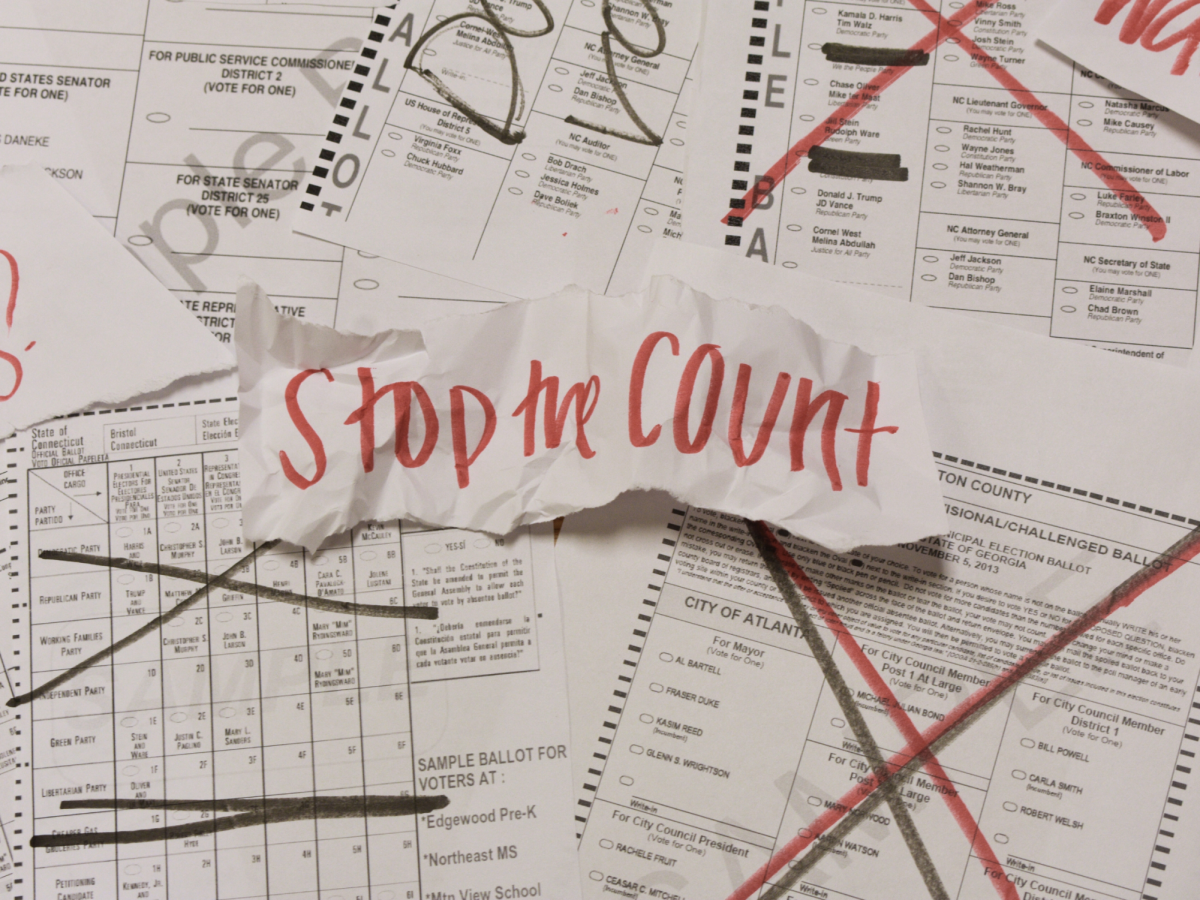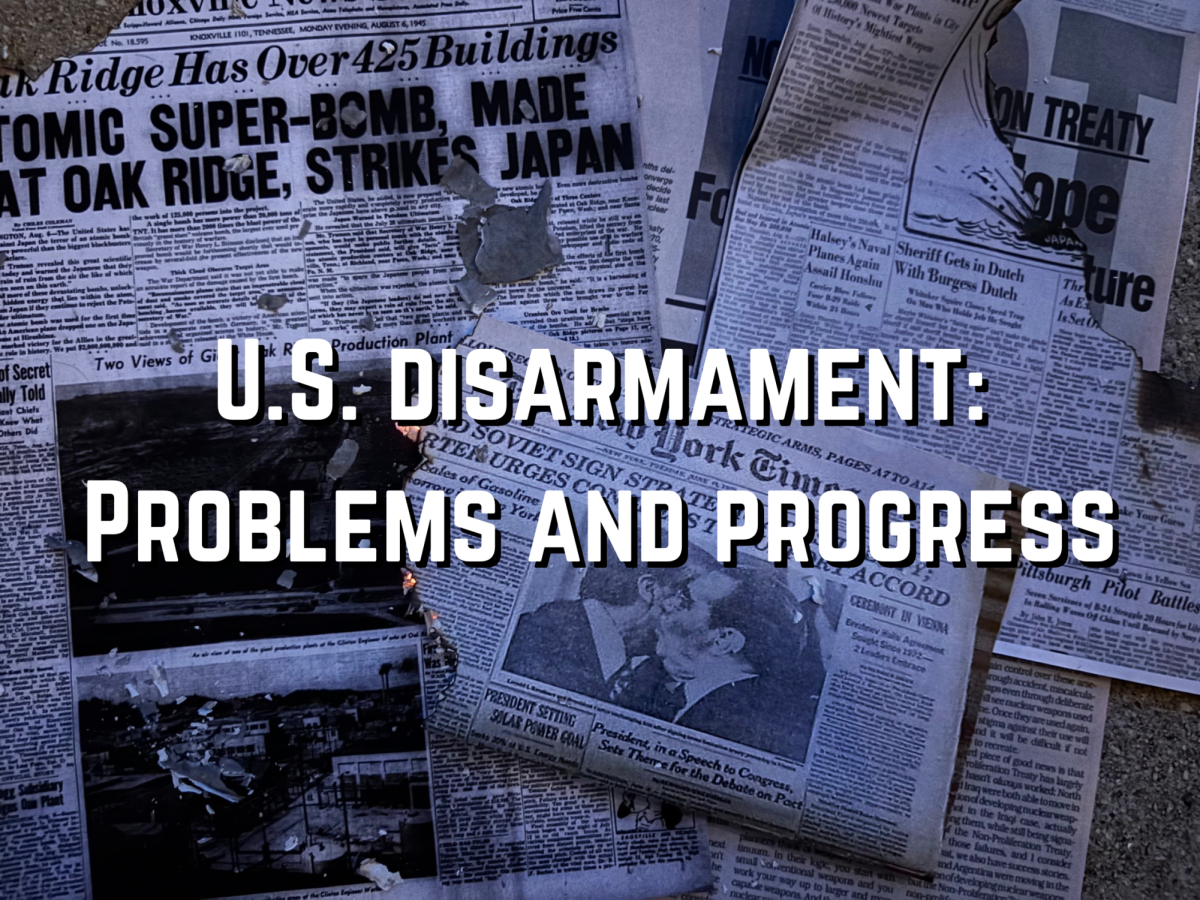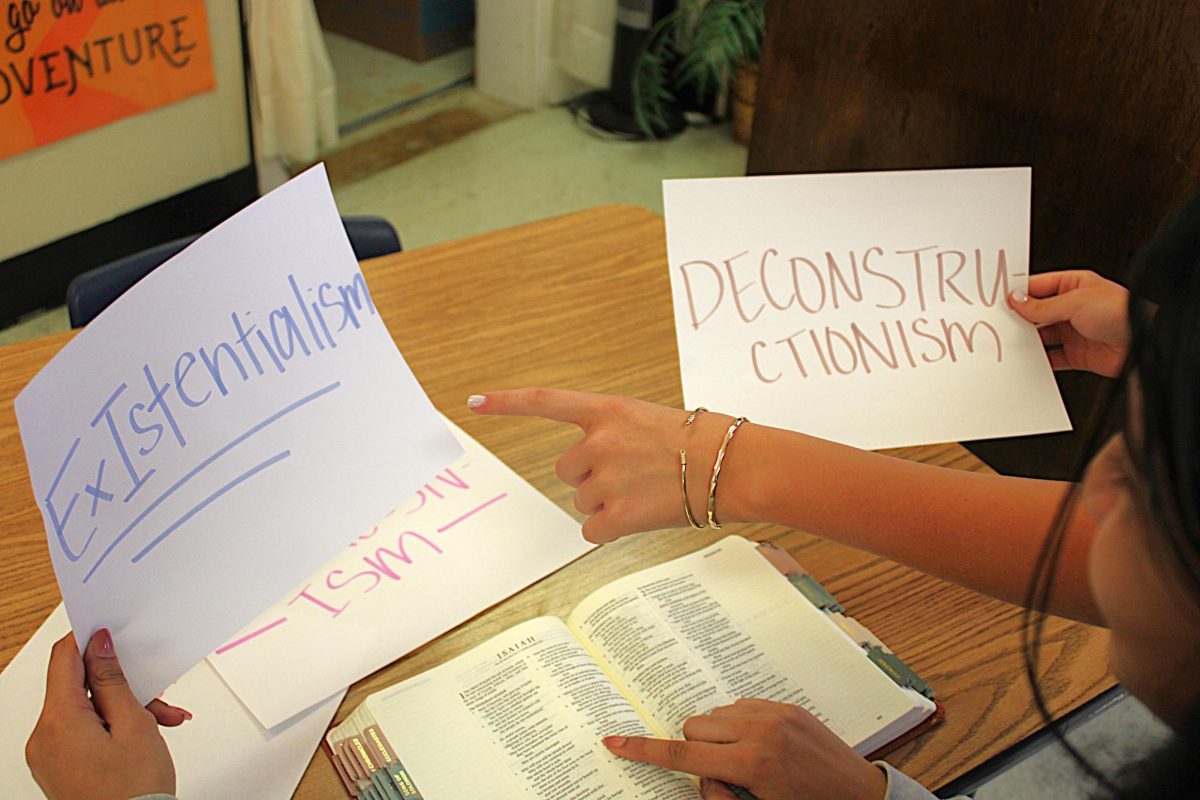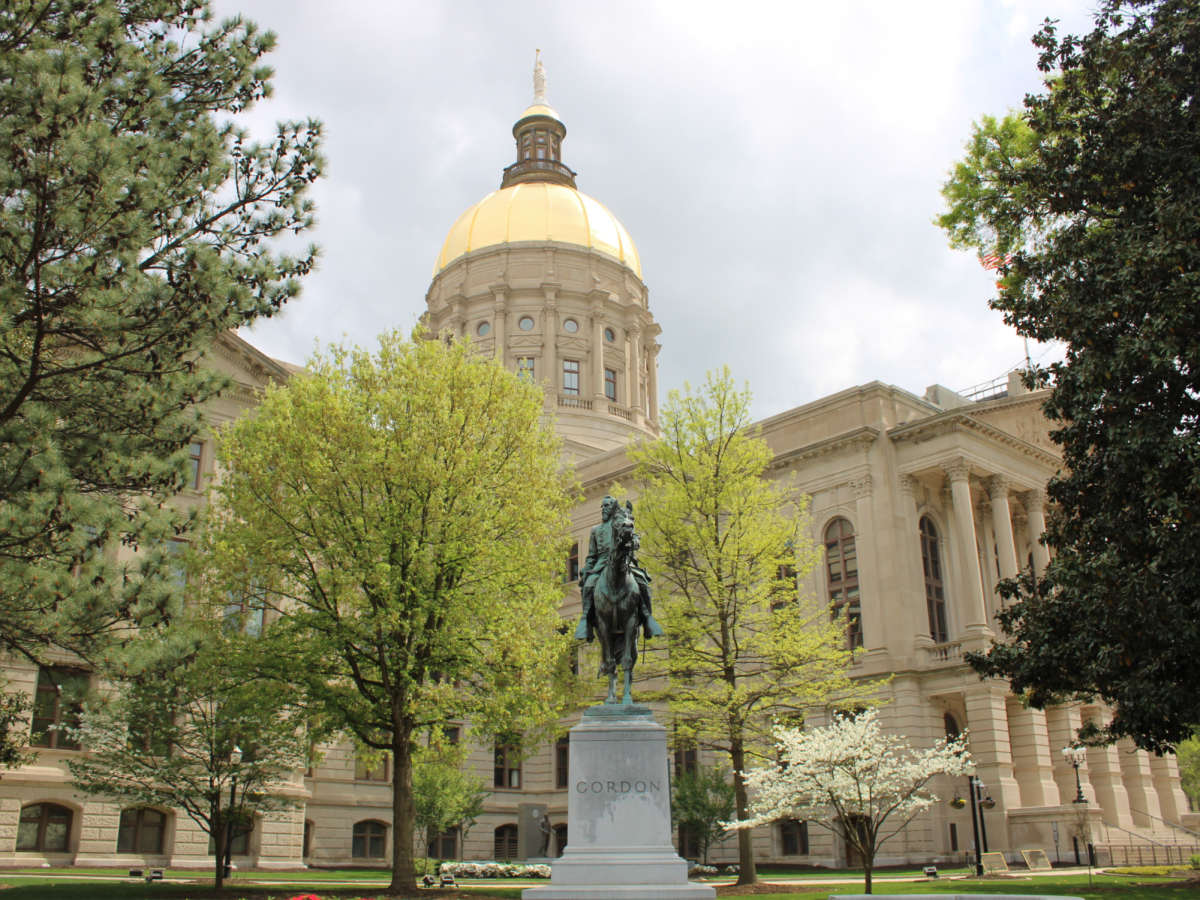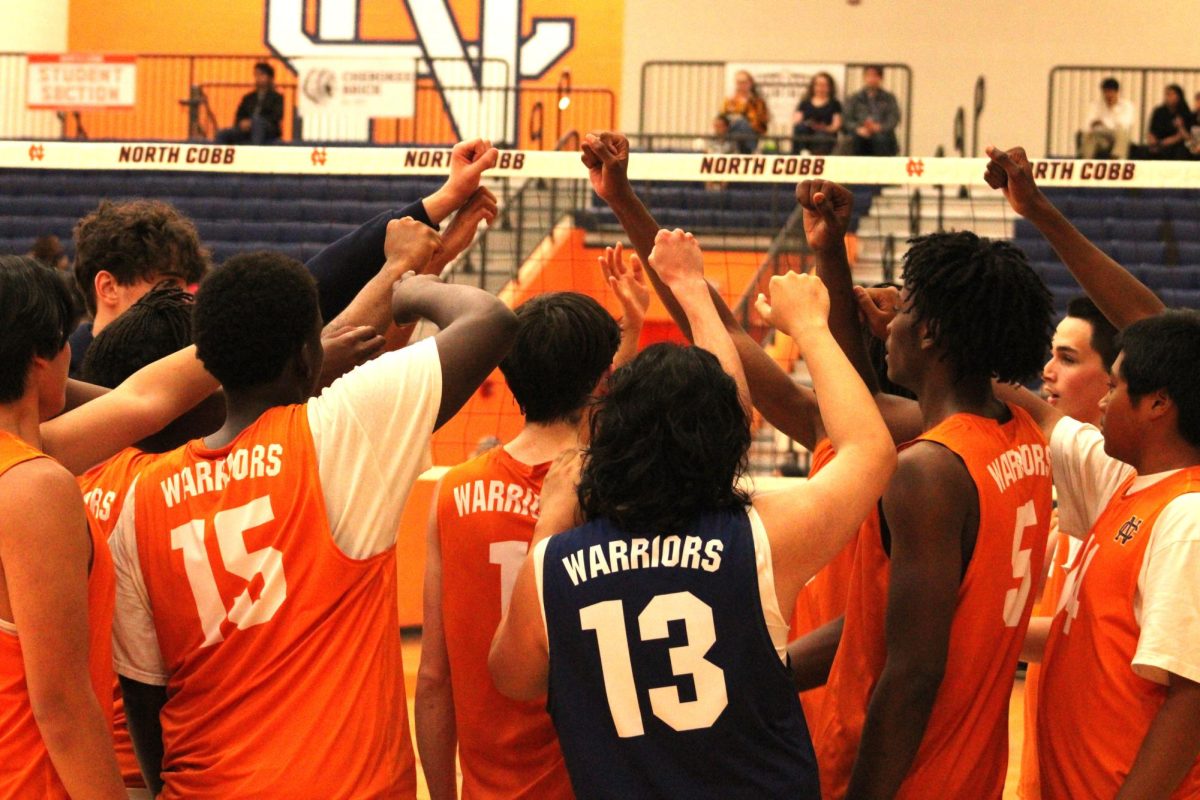From the teenager bopping with her headphones on in her room to the manager who puts on the radio for his long commute, to the child singing her favorite song, to the little old man whose records take him to times long gone, music carries people’s souls to safety. This tempoed phenomenon has existed since the paleolithic period: an era of human life traced only through rubble. In these early days of music and through to the beginnings of recorded history, song and dance held value as entertainment, but the art forms also aided communication. With drums and horns, people could make loud, easily distinguishable noises to inform others about threats or other important issues. This function persists today in certain areas such as West Africa, where individuals in rural areas can use talking drums, or dundun, to share information accurately across impressive distances. As religions around the world began to develop and grow in complexity, music also became a way to worship and teach younger members of the community about the group’s beliefs. In fact, historians identify the first recorded song as a religious work, the hymn of Ugarit, which a person from around 1400 BC recorded on a clay slate in modern-day Syria. Ultimately, religion and music hold deep ties, but music reaches out across the world with hundreds of unique purposes, religion acting as only one.
Though every culture across each continent developed unique music from a unique place, the tools with which they created it hold similarities. In this so-called universal language, all cultures use voices to create rhythm. Similarly, percussion instruments, such as drums, piano, gongs, maracas and even clapping, mark every culture’s auditory art. Even increasingly complex instruments, including woodwinds, appear worldwide. Because the elements of music bear such similarity across the globe, people can infer strangers’ beats’ meanings in spite of language barriers. In this way, music represents the common thread between each culture, a thread that aids in mutual understanding.
Even before humans carefully and effectively recorded history through the written word, music became its own method of record keeping. Elders could effectively pass down verbal tradition when accompanied by beats. This phenomenon occurs because brains can store information with patterns, which music employs, easier than apparently random facts. Seen in today’s folk music, the lilts of song help establish history through its powerful grasp on the memory. Because of music’s iron grip on the memory, it can preserve cultural heritage from generation to generation without the need for physical documentation, which might face loss from disaster or deliberate destruction.
“Music has a higher level of informational redundancy than language. Song, therefore, laminates the lower redundancy of spoken language to the higher redundancy of melody and beat, both of which have some variation but are usually some version of a repetitive cycle. In terms of cognitive science and evolutionary psychology, the technology of singing is highly valued and sustained and developed because it’s the earliest form of writing. Long before writing, humans figured out that if you could remember things and pass them on to the next generation, you could make progress. And this is what culture is for an anthropologist: Culture is the capacity humans have to innovate and transmit innovation without the mechanism of biological evolution,” associate professor of music and ethnomusicology and the director of the Center for Ethnomusicology at Columbia University Aaron Fox, PhD said.

As people reinvented their societies, creating powerful governments and fostering international trade, music maintained its original purposes while growing increasingly diverse. In medieval Europe, music in the Catholic church became deeply important to worship. In fact, Europeans in the era built their famed cathedrals to enhance their notes. Hinduism in India and other parts of Asia similarly utilized the profound effects of music for worship, connection to spirituality and to help spread the religion. In this way, music grew as a cultural phenomenon, one beyond a single community’s participation, but a tradition which swaths of people across nations engaged with. Unfortunately, religions’ conversion efforts clashed with cultures’ musical histories, so while religion provided a stage for powerful genres to flourish, it limited others’. Just as with historical preservation, however, these songs contribute to how people view their foundations.
Since prehistoric humanity, music has held utility, but its role in leisure maintains intense relevance. Ancient Rome and Greece reveled at singers in theaters, while festivals across the world incorporated gleeful songs as people danced or ate. This tradition maintained its grasp on Europe and the Americas through the 19th century, when frequent balls and dances continued to offer opportunities to spend time with one’s wealthy community. For the lower classes, taverns offered a communal atmosphere not just for food, drink and speech, but for music as well. In Asia, Chinese operas and Japanese plays paired with royal banquets each included music, with different scores, yet similar purpose, to that of the European empires. In various African societies, music existed for several deeply necessary purposes but also as a way to enjoy leisure time and celebrate achievements such as the first loss of a tooth. Across the world, music builds atmospheres wherein people can connect, talk and laugh. Its intense role in community building reflects not just a pattern of human behavior but the way the brain processes music.
“As a choral teacher in the classroom, being in an ensemble in itself where people have to work together to produce the intended result, having a good musical performance or something that can communicate with people, then you have to work together so it’s implicit that you’ve got to have a sense of community. Beyond a classroom setting with music, it gives people an identity. I think that it locks into our emotions more than regular speech; maybe it’s the combination of different kinds of vibrations, since sound is just vibration, maybe it’s tapping into something that brings people together a little bit more,” chorus teacher Charles Snell said.
In the era of colonization, the music people brought with them across oceans helped them preserve, share and create new cultures. In America, music became a way for growing populations of enslaved Africans and African Americans to maintain a culture outside of the challenges presented by chattel slavery. This music kept dance — and protest — alive, maintained traditions and allowed important information such as escape strategies to spread. Spirituals, in particular, contained underlying messages about the Underground Railroad. Therefore, these religious work songs allowed enslaved African Americans to escape the South through and with the music which continues to ground Black culture. In other situations where colonization has left cultures separated or stifled, music further helps maintain traditions. In North America, for example, Pow-wows, which prominently feature music and dance, allow diverse Native tribes’ traditions to persist despite historic efforts to force integration and erase these cultures from modernity. Through group performance and enjoyment of music, people can access cultural identities and necessary generational knowledge that otherwise would face erasure.

Unfortunately, this persistent use of music to maintain culture can face separation from its original purpose. While the continued movement of music from one space to another allows it to survive longer, the cultural significance of each piece can become diluted in the face of generalizations. For example, performers may approach songs from other cultures with less regard for their meaning and quality, therefore performing them with less refinement and pushing the idea that the culture’s music pales in comparison to the genres the performers learnt with greater vigor — because their performance did.
Additionally, performance groups may choose to incorporate songs or instruments that contain cultural nuance for purposes outside of their original contexts. This failure to honor the culture that produced the music strips away its sanctity and can obscure the original group’s innovation or respect for their religious tradition. In these manners, music can become a vessel for cultural misappropriation.
“People who don’t understand the significance of [a particular Kenyan group’s song and the rites it may be associated with] hear it as an interesting piece of music, and associate it as part of the conglomerates of musical cultures that make Kenya…. And sometimes people then take it, arrange it and put their name on it and say, ‘This is my composition, or my arrangement,’ so the ownership also shifts from how it belonged to a community to a single person because they arranged it for orchestra or whatever it is they arranged it for. Now that ownership has changed and they have spread it to another community and other orchestras will now start playing it and acknowledging the source not as the community that had it, but as the composer. So then you have all these people talk about appropriation coming in and ownership and copyright, which are completely different things in different cultures,” Professor of Music (Ethnomusicology), Musicology and Ethnomusicology Area Chair at the University of Georgia Jean Kidula (PhDd) said.
Colonization bastardized musical cultures in additional ways, though. European and White American colonizers frequently imposed their personal understandings of music and instrumentation onto the groups they interacted with. This led to diverse music with unique scales, keys and structures to survive only under a European lens, and the original qualities of these pieces continue to face repression. Colonial efforts to interact with these cultures, however, did lead to a desire to record their music. Despite the frequently tragic circumstances that led to these efforts or the inauthenticity imposed by eurocentrism, the preservation continues to allow people to connect with their own cultures or ancestry and respectfully borrow from others’. These interactions leave a mixed impact on cultures. As music did gain access to long-term recording, it could lose original qualities to ideas of ‘right’ and ‘wrong’ performing methods.
Colonization’s impacts, however, can lead to cultural sharing, which, with conscientiousness, forms new cultures. In the Caribbean, for example, reggae music alloys influences from Jamaican ska, American R&B and African rhythm, just to name a portion. The genre incorporates each culture’s tunes with respect, frequently because the themes in each reflect a part of its creators’ lived experiences. This unique genre emerged alongside the Rastafari movement and gave Rastafarians a way to unify in public musical spaces and build upon the ideals presented in the lyrics. As reggae made its way onto the world stage, it connected with people outside of Jamaica and aspects of the genre folded into other genres. In reggae’s lifetime, it has merged existing cultures, helped form new ones, and contributed to global culture, all through the sharing of ideas. Across the world, new, unique cultures gain voice through the audience that music gives its creators.
“The way Sufi qawwali music works is it’s trance music: you spend hours with the ensemble trading off between the lead singer reciting verses of Quran [and other important religious text], improvising elaborate melodic inventions with those and the chorus echoing that…. There’s a giant famous figure in world music named Nusrat Fateh Ali Khan who made qawwali music into a gigantic commercial music success. By the end of the 90s, qawwali was playing at dance clubs, people were sampling its beats for EDM and Nusrat was a global star… He was in Pakistan for his career and there, he had trouble with fundamentalist Islamic groups. When the Taliban kicked the soviets out in the late 70s, one of the first things they did was start to persecute qawwali music, but it went global as recorded music… and it shows that this music was designed to bring people together… could become almost a tool of resistance,” Fox said.
When reacting to world events, this phenomenon of fresh cultures through unique music only grows. Protest music delivers a clear, unified voice to sections of society with divergent opinions on current events. In this way, music contributes to subcultures’ development. While the exact origins of protest music continue to face debate, it has helped against-the-grain groups to unite. In the early-mid 20th century, “Strange Fruit” by Billie Holiday gave utterance to the desire for racial equality in the U.S.. This song’s legacy continued to play into the Civil Rights Movement and the years that followed. This movement not only shaped an anti-racist culture but created it, and the songs that accompanied it provide a firm example. As time pushed forward into the later half of the century, music genres continued to form in tandem with subcultures, which persist to this day. Punk rock reacted to the late 70s and 80s’ issues across continents, from Latin America’s political repression to Britain’s class division. It also led to the visage of plaid-adorned youngsters who packed spaces dedicated to this genre: spaces where they could share the thoughts and ideologies that define the worldwide subculture. Through the voice burgeoning genres give people, groups that might otherwise exist only as isolated individuals can unify to appreciate music and word toward a common goal.

As human technology began to accommodate fast, easy communication across the globe, music helped to provide a common thread between people around the world. From the British Invasion to Indian influences on Western pop music, music paves a path for the increasingly interconnected economies, politics and cultures of Earth. These steps toward globalization can help the inevitable sharing of ideas occur respectfully, thanks to the way musical recordings preserve culture and provide a platform for respectful exchanges of it.
“I love meeting new people at concerts that I can share my music taste with. I actually still keep in touch with some friends I made at a concert in May of last year! I discovered that aside from the artist we were seeing, they also liked other artists that I liked and it was really cool. I find we share similar views on other things too,” magnet junior and musician Mary Washburn said.
In any situation, music displays a fantastic ability to bring people together. People gain perspective on other cultures’ outlooks, they can learn about friends’ interests and groups foster a sense of community as a whole. People treasure music; it resonates with them. When these individuals find others with whom it resonates, they form a bond. When that bond begins to form between friends, and then the bond spreads, a culture develops. The culture shares experiences — concerts, festivals and messages — which revolve around these tunes. Music comes from culture, but it also creates it.









